Ask Ethan: Is There A Limit To How Many Generations Of Stars There Can Be?
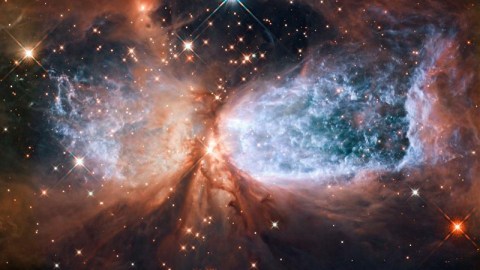
There are only 3 populations of stars, but “generations” is a more complex question.
When we look out at the stars in the Universe, we classify them into three different categories. The first generation of stars was formed out of material exclusively formed in the Big Bang itself: hydrogen and helium only, to 99.999999% precision. The second category has a small fraction of heavier elements, formed in the nuclear furnaces of that first generation of stars. These stars still persist today even in our own galaxy: in the galactic outskirts, the Milky Way’s halo, and in the most ancient of globular clusters. Finally, there are Sun-like stars, which only come about after multiple generations of stars have lived-and-died, providing the raw material to form a star like our own. But how many generations of stars could there have been? That’s what James Beall wants to know, asking:
“You and others have written that our Sun is at least a 3rd Generation star, and maybe 6th Gen stars exist. One thing I have not seen is if there is a limit to how many Generations there could be. Is there one?”
There is a limit, in fact, but it’s not very good. Here’s what we know.
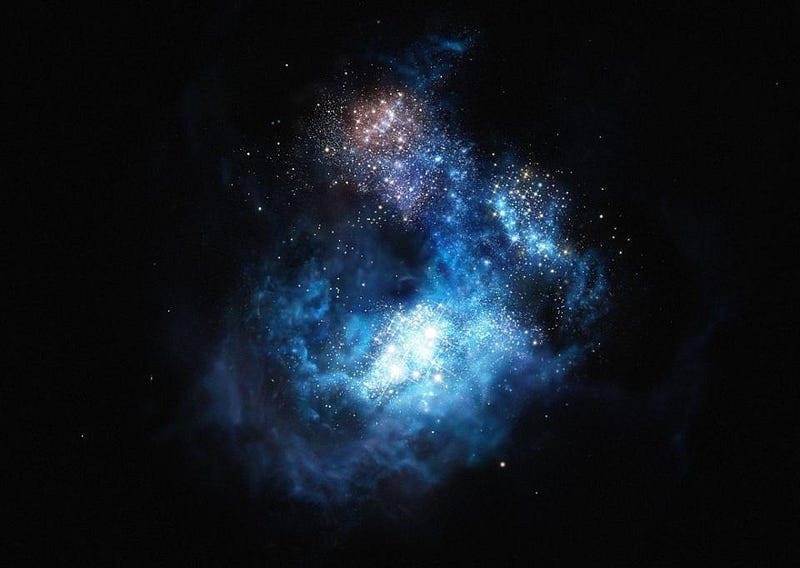
We have to be careful, when we talk about stars, that we’re talking about the same thing. On the one hand, we really do divide stars up into three different populations. They are named — no joke — Population I, Population II, and Population III stars. They were named in order of discovery:
- Population I stars are stars like our Sun: rich in heavy elements (made of ~1% or more of elements heavier than helium), which is only possible if multiple generations of pre-existing stars have lived and died.
- Population II stars are stars far more pristine than our Sun: they contain only a fraction of the heavy elements our Sun does, and are found only in regions that have had relatively small amounts of prior star-formation in them.
- Population III stars have yet to be discovered, but represent the very first stars that must have formed: with zero “pollution” from prior generations of stars.
Population I stars were discovered first (obviously), as this represents most of the stars in our sky.
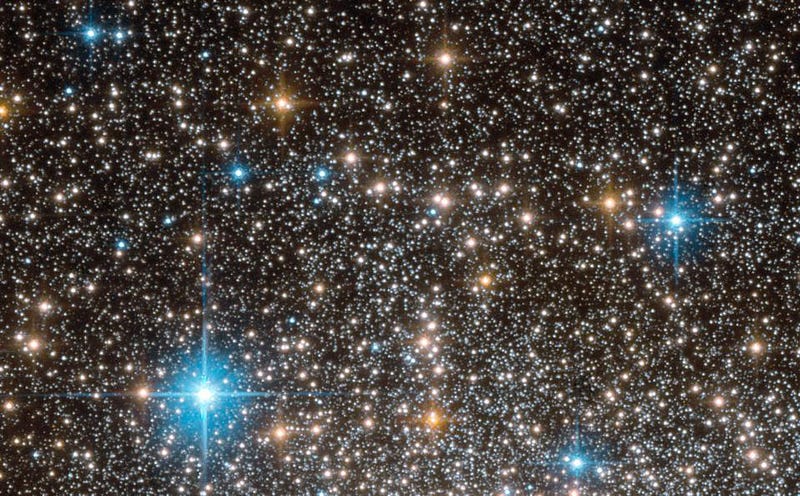
The story of how we learned about the existence of different star compositions is interesting in and of itself. If you take a large collection of elements and heat it up to a certain temperature, you’ll discover that the electrons in the atoms and ions present undergo transitions: in particular, they’ll absorb any background radiation at the particular wavelength that transitions occur at. When you just look at a star like our Sun with your eyes, you cannot see this effect at all.
But if you break the star’s light up into individual wavelengths — using the astronomical technique of spectroscopy — you will see those absorption features, which correspond to a combination of two different effects. The first is the surface temperature of the star, which determines what level of ionization the atoms are at (and what transitions are possible and likely). The second is the abundance of the elements present. When we look at a star using this technique, its composition is revealed.
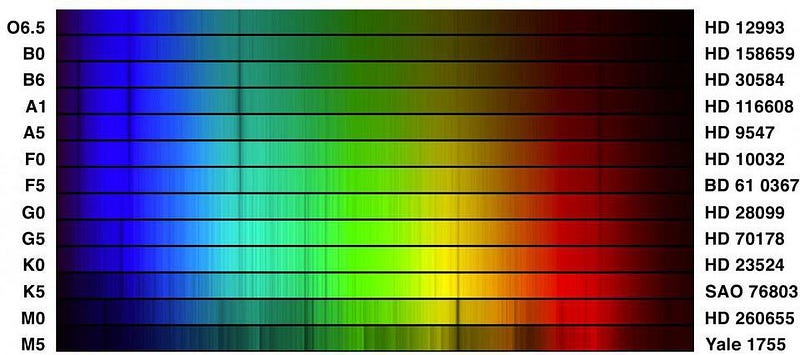
For fainter stars or clusters of stars, we have analogous techniques (such as looking at the relative strengths of various emission or absorption lines) that can reveal their compositions as well. We can look at individual stars in our own galaxy; we can look at star clusters or globular clusters; we can look at clouds of gas in interstellar or even intergalactic space; we can even look at entire, distant galaxies and take an aggregate look at all the light that comes from them.
When we do, there are a few lessons that emerge:
- The most enriched stars live in the planes of spiral galaxies, closest to the galactic centers.
- Stars that are older — that were formed earlier in the history of the Universe — are overall more pristine.
- Population II stars are found dotted throughout a galaxy like our Milky Way, but predominantly far away from the center, in the galactic halo, or concentrated into the oldest globular clusters.
- And although we haven’t yet found true Population III stars, we have found stars with extraordinarily small amounts of heavy elements: as little as ~0.001% of what we find in the Sun at the extremes.
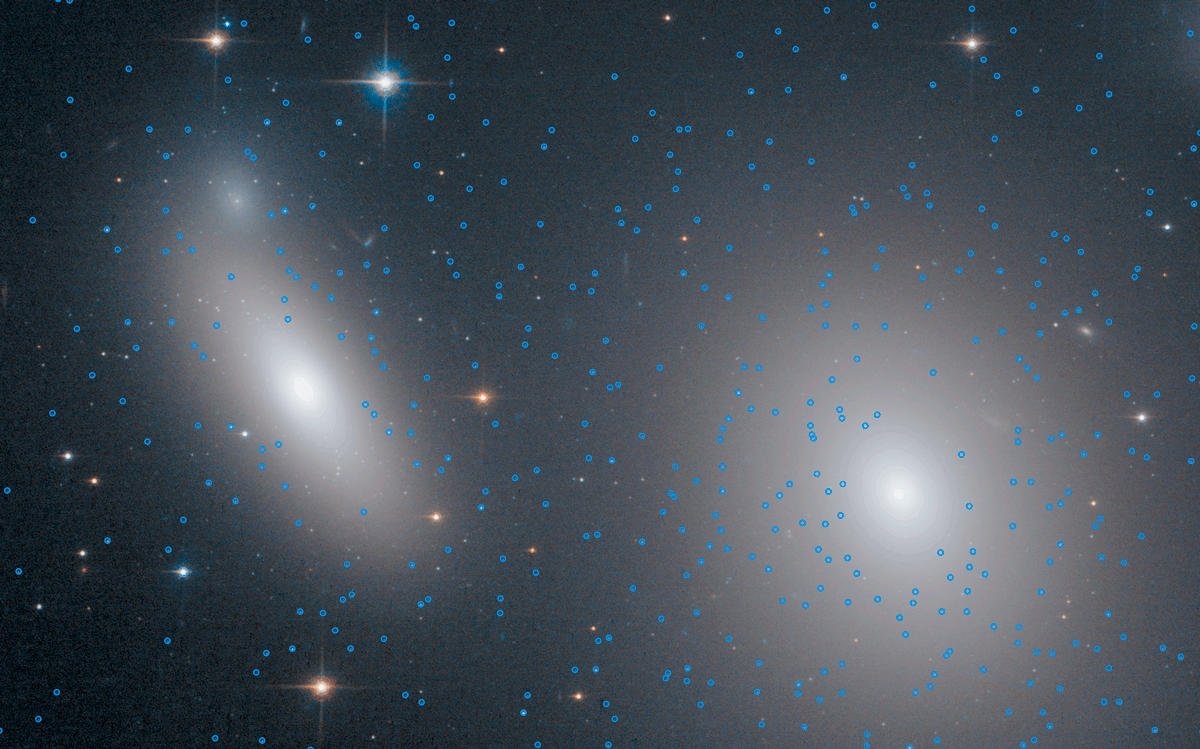
What we’re seeing, then, is a steady and consistent pattern. The higher the percentage of heavy elements we find in a star or a population of stars, the greater they’ve been affected by the “pollution” from previous generations of stars. That’s what these heavy elements are: they’re pollution, or recycled debris, from previous generations of stars that have lived and died.
From Sun-like stars that have blown off their outer layers to giant stars that go supernova to white dwarfs or neutron stars that merge and explode, the stars and stellar remnants of the Universe have enriched the material that new stars form out of, while some of that original, unburned hydrogen and helium from the Big Bang contributes to new stars as well. All told, the amounts and ratios of the heavy elements that are present — carbon, oxygen, iron and more — relative to the light ones can tell us how much total “processing” has gone on inside any star or stellar population we can observe.
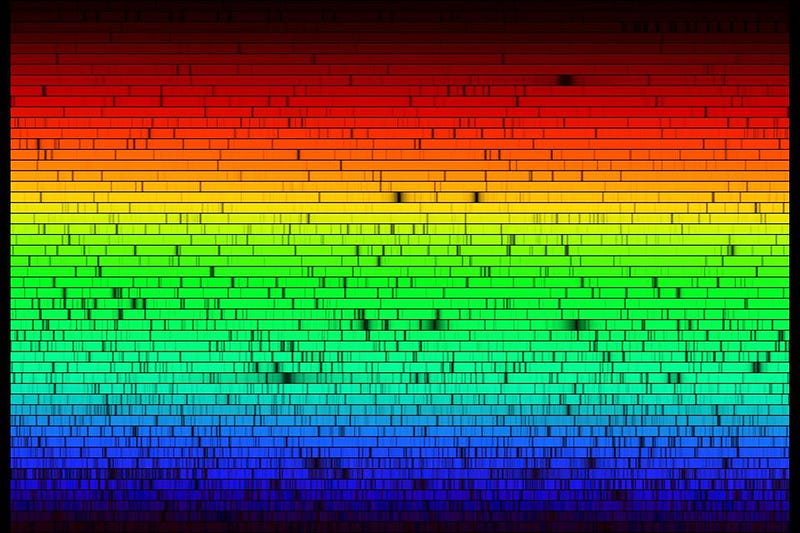
That said, Population III definitely means “this is the first generation of stars,” but Population II doesn’t equate to “this is the second generation of stars” and Population I doesn’t necessarily mean “this is the third (and current) generation of stars.” It’s tempting to make this categorization — and indeed, even some astronomers casually talk about first, second, and third generation stars in this fashion — but it’s far too naive to be accurate.
In reality, every star that ever existed formed from the collapse of a molecular cloud of gas. That clouds of gas isn’t necessarily going to be well-mixed; parts of that cloud might have material from a star that died recently, while other parts of that cloud might not have any material from that star at all. Each time a star forms, that star is made up of a combination of pristine material that hasn’t undergone fusion since the Big Bang as well as all the recycled material from all the stars that came before it.
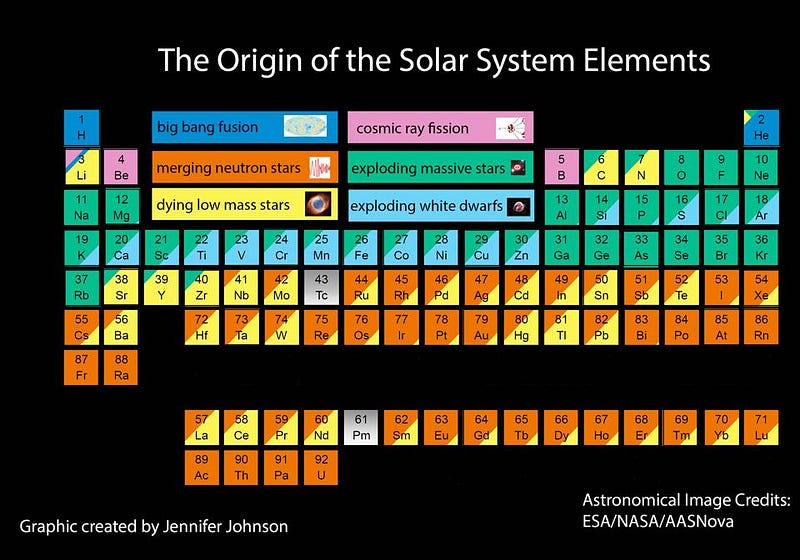
If we were to ask “what generation star is our Sun,” the answer is that we have to be a combination of a number of previous generations: some pristine material, some material that’s been through at least two previous generations of stars, and likely a combination of material that’s been through just one generation and some that’s been through more than two generations.
We are — quite simply — a combination of the cumulative total of everything that came before us.
And this is important, because stars live a widely varying amount of time. The most massive stars, despite having the greatest amount of fuel, actually live the shortest amount of time. The more massive a star is, the hotter it gets in its core, which means the faster it burns through its fuel. There’s a saying that “the flame that burns twice as bright lasts only half as long,” but for stars, the situation is far more dire than that.
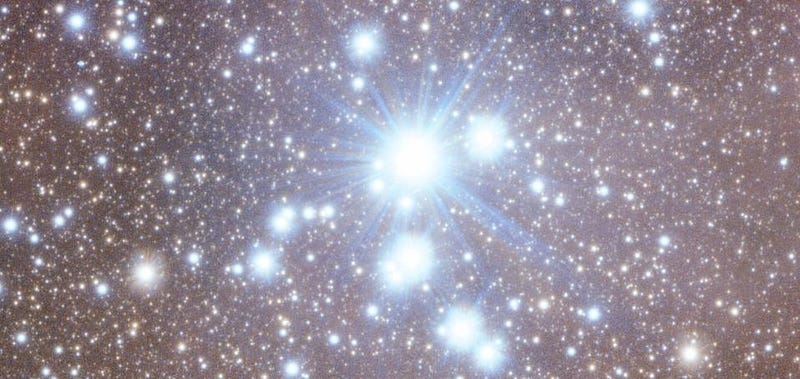
Stars range in mass from about 8% the mass of the Sun up to at least 260 times our Sun’s mass. But the rate at which they burn through the fuel in their core varies tremendously. Our Sun, as a point of reference, will take about 12 billion years to burn through the entirety of its fuel. But stars that are hundreds of times as massive as the Sun don’t shine hundreds of times as brightly, but millions of times brighter, giving an indication of how quickly they burn through their core’s fuel.
When you put all the information about stars and stellar lifetimes together, we find that the most massive, shortest-lived stars last for only 1 or 2 million years before running out of fuel and ending their lives in a spectacular cataclysm. On the other hand, many other stars live for longer than the present age of the Universe; it’s possible, for some of the most metal-poor stars that we see, that only the first generation of stars came before them, and we’re looking at an almost-pristine second-generation star.
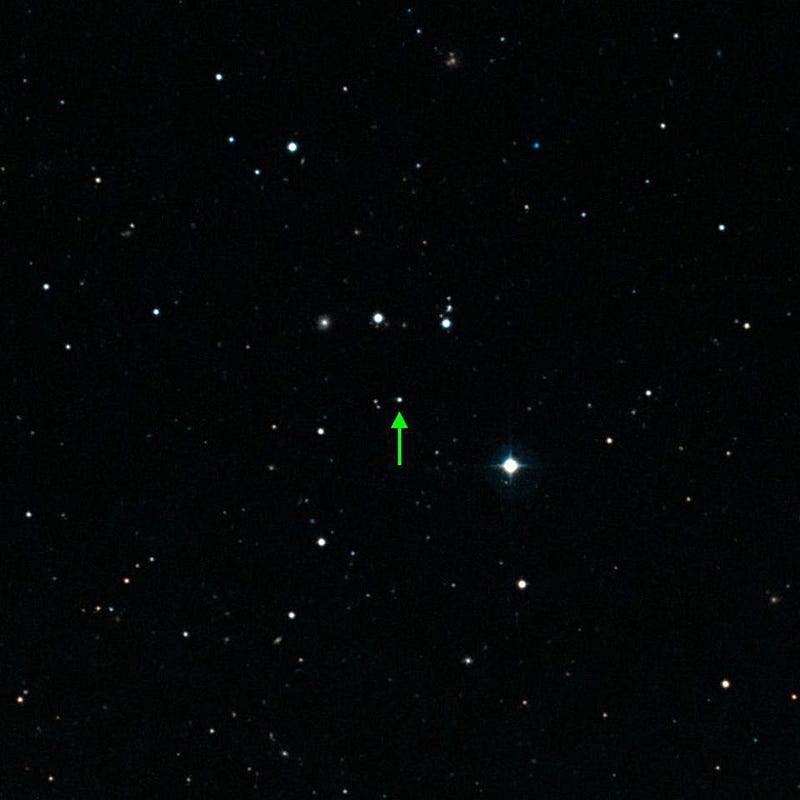
In the richest star-forming regions of all, such as near the centers of active galaxies where matter continues to get funneled into that area, it’s possible for star formation to proceed continuously for hundreds of millions of years. For galaxies that merge together hierarchically and consistently get replenished with new gas, it may be possible to have even upwards of a billion years of ongoing star formation.
Considering that the most massive, shortest-lived stars last for only 1 or 2 million years, and then that material gets ejected back into the Universe where it can participate in forming the next generation of stars, it’s possible that some material has been inside an enormous number of generations of stars. While most of the material that exists has likely only partaken in a few generations — somewhere between 3 and 6 is probably a good guess — we could, if the process is efficient enough, have stars that have been through dozens or possibly even 100+ generations in a Universe that’s 13.8 billion years old.
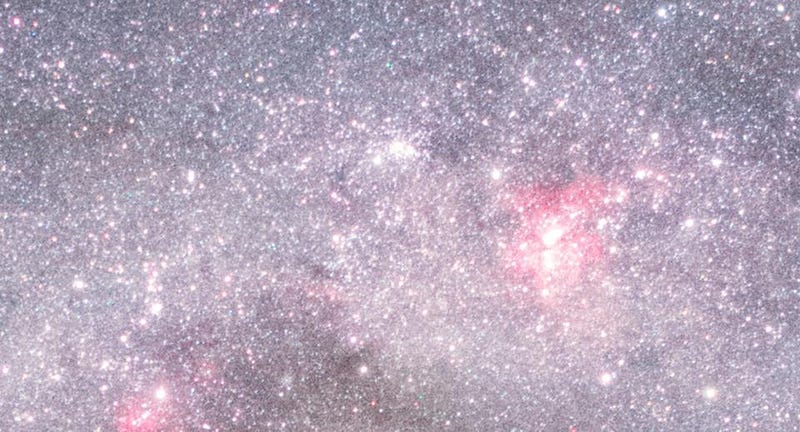
The most complicated part of this question isn’t that the answer is a combination of factors. The Universe, in the aftermath of the Big Bang, was made (by mass) of 75% hydrogen, 25% helium, and that’s about it. When our Sun first formed, it was made of 70% hydrogen, 28% helium, and about ~1–2% “other” stuff. Most of the material composing the Sun has been unburned since the Big Bang, and most of the rest has likely only been inside a few stars over the history of the Universe. It took 9.2 billion years for the Sun to form, and what it formed out of is a combination of everything that came before.
But the biggest problem is that we only get a snapshot of the Universe when we look at it today: we see it as it is at this moment, when the light from its objects is just now arriving. We only see the survivors, and can only work to infer what came before. At some point in the far future, we can even imagine that all the hydrogen in each and every galaxy has been burned through, many quadrillions of years in the future. How many generations of stars will there ever be? It’s a question I hope we can someday find the answer to.
Send in your Ask Ethan questions to startswithabang at gmail dot com!
Ethan Siegel is the author of Beyond the Galaxy and Treknology. You can pre-order his third book, currently in development: the Encyclopaedia Cosmologica.



